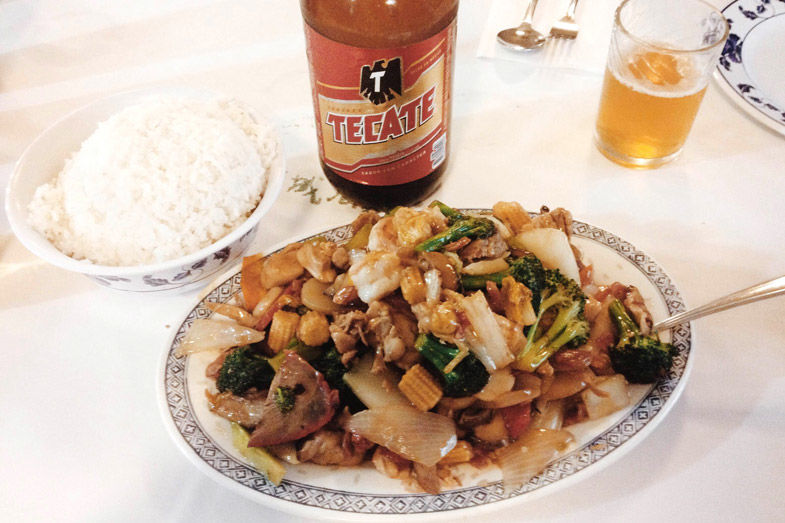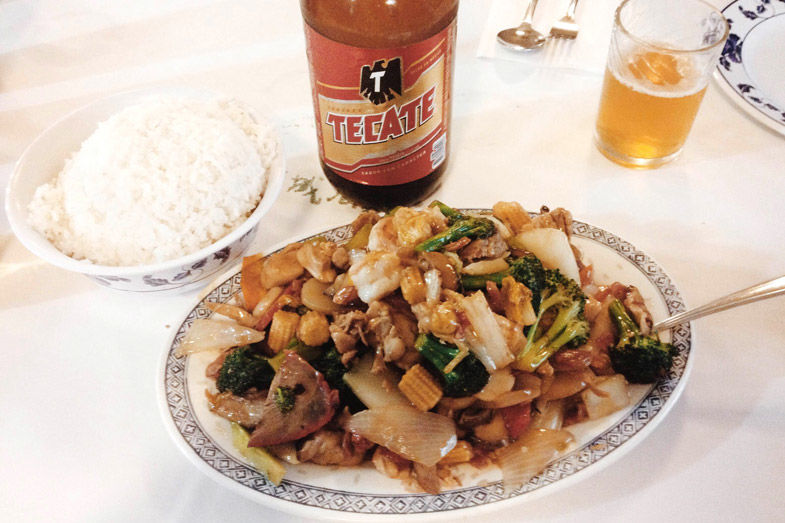Be it pho, sushi, or bibimbap, a multinational array of Asian food abounds immediately south of the border. But given that it’s home to the largest per capita population of Chinese immigrants in Mexico—an estimated 8,000—Baja’s most iconic brand of Far Eastern cuisine is its Chinese food. Traditionally a Sunday family favorite, over the years dishes have been adapted to the Mexican palate, usually doused with lime juice and served with a sauteed chile güero on the side. But after health authorities discovered dog meat at one of Tijuana’s some 500 Chinese restaurants in April—the owner claimed he was preparing the meat for personal consumption—business around the city plummeted and racially charged comments began to spiral out of control.
Tijuana news outlets reported a spike in bullying among Chinese children at its public schools, as Chinese business owners pleaded for support from city officials to help save their community’s livelihood from collapsing. Hoping to halt the growing backlash, concerned citizens launched a Facebook campaign encouraging leery locals to fearlessly dine at their favorite Chinese restaurants—well-established culinary landmarks like Palacio Royal (Boulevard Agua Caliente 9560), Wha Cheon (Guadalupe Victoria 1608), and Chan’s (Sanchez Taboada 10880 and Avenida Jalisco 2511), some nearly half a century old—and use the hashtag #ApoyoALaComunidadChina (“I support the Chinese community”). The movement even prompted some restaurateurs to invite clients to take a lap of their kitchens before sitting down to order, hoping to calm fears and restore trust.

Step up to the Plate
PARTNER CONTENT
Wha Cheon


















